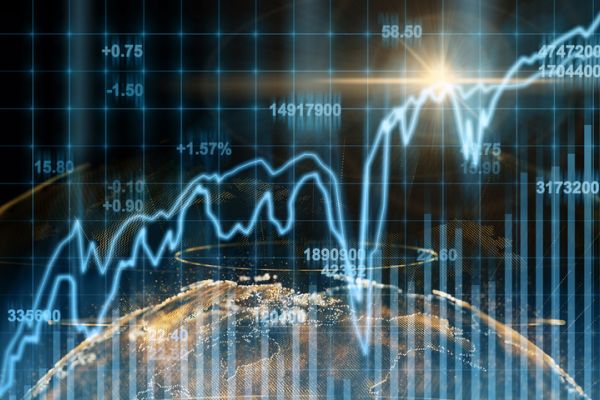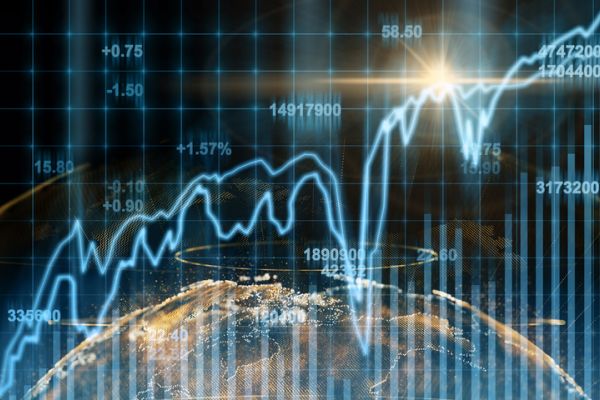Climate Change Modelling Using CGE Models
TRAINING DATES: 1st September – 5th September 2025
COUNTRY: Kenya-Mombasa
Overview
- Assembling Data for Climate Change variables
- Nesting Climate Change in CGE models
- Adjusting CGE equations to capture climate change
- Specifications of Damage functions for CGE models
- Integrating biophysical parameters into CGE models
- Building simulations to achieve Nationally Determined Contributions (NDC) as specified in the 2015 Paris agreements.
Course Content
| Session/Day | Lecture Topic | Lab session |
|---|---|---|
Module 1 | Global climate change developments -Global partnerships, commitments and development on climate change -Trends of emissions and extreme weather disasters -Discussion of models used for climate change adaptation and mitigation -Biophysical studies and climate change | Group discussion on climate change adaptation an mitigation |
Module 2 | Building the Static and Dynamic CGE models without climate change -Theoretical recap of CGE models -Building a Static CGE model -Building a Dynamic CGE model -Interpretation and analysis of the matrices. | Policy simulations in static CGE models Adding dynamic equations to static CGE models |
Module 3 | Customising climate change data to Social Accounting Matrices (SAMs) -Building SAMs -Satellite accounts for climate related variables (emissions, energy, water, land and other natural resource accounts) -Customising climate satellite accounts to SAMs | Building satellite accounts for climate change Customising climate satellite accounts to CGE models |
Module 4 | Nesting climate change into CGE models -Adjusting CGE equations to capture climate change variables -Adding damage functions to CGE models -Integrating biophysical parameters in CGE models -Integrating carbon taxes | Adjusting CGE equations to add climate change |
Module 5 | Policy simulations and policy analysis -Climate Policy simulations in CGE models -Simulations on attaining commitments to emission reductions -Interpreting climate policy results from CGE models | Policy simulations on attaining Nationally Determined Contributions (NDCs) as specified in the 2015 Paris agreements |







